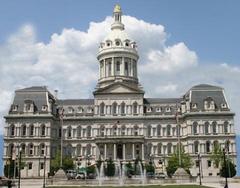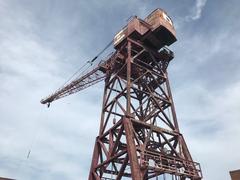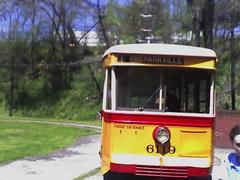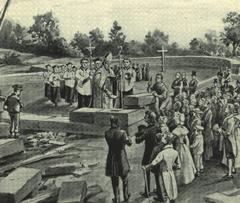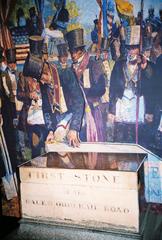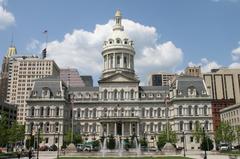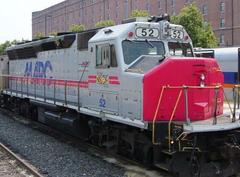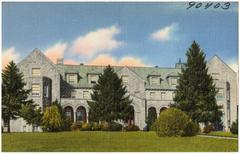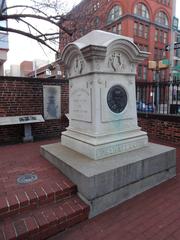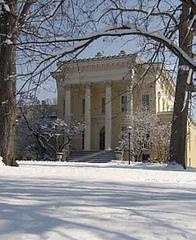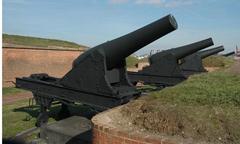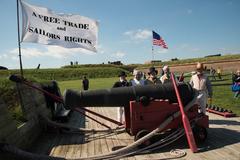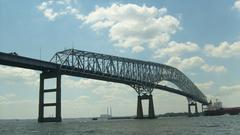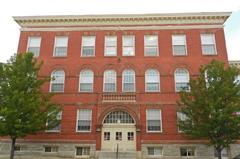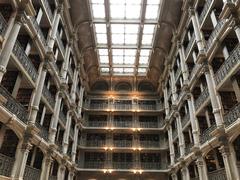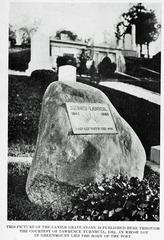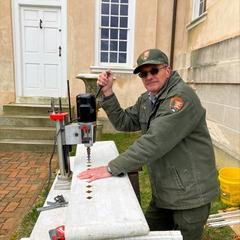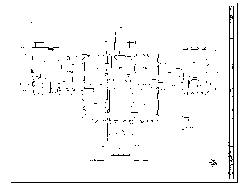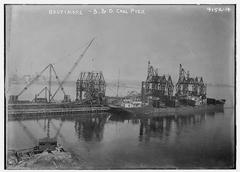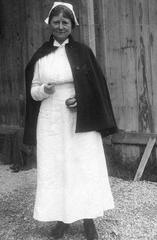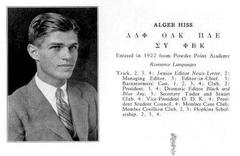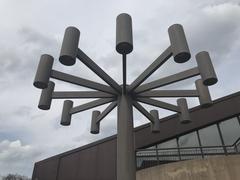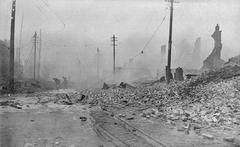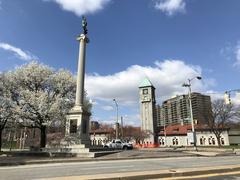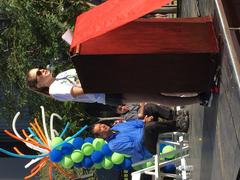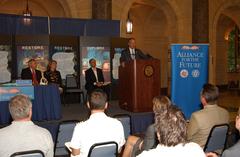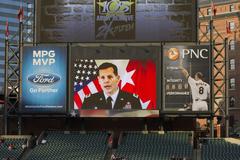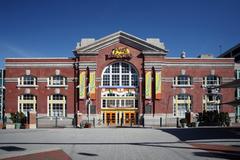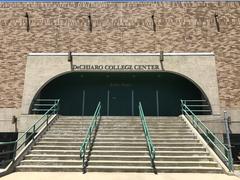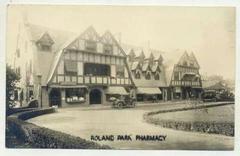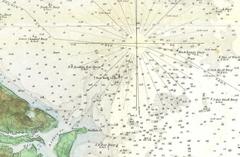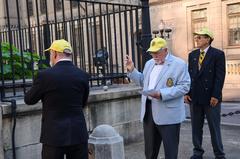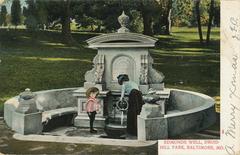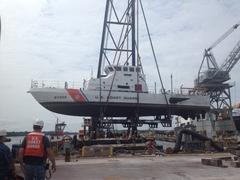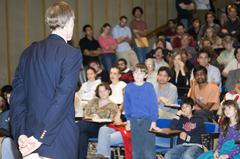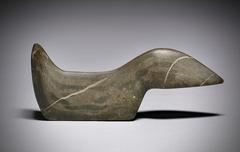
Phoenix Shot Tower Baltimore: Visiting Hours, Tickets, and Historical Sites Guide
Date: 04/07/2025
Introduction: History and Significance of the Phoenix Shot Tower
Located in Baltimore’s historic Jonestown neighborhood, the Phoenix Shot Tower is a celebrated monument to early American industrial prowess and architectural innovation. Built in 1828, the tower rises over 234 feet and was the tallest building in the United States until 1846. Its unique purpose was to manufacture lead shot for firearms, using a cutting-edge “drop shot” method that relied on gravity and engineering ingenuity. The tower’s construction, overseen by Jacob Wolfe and supported by Charles Carroll of Carrollton, encapsulates both the technological advancements and the historical significance of the period (whichmuseum.com; baltimoreheritage.org).
Over time, the Phoenix Shot Tower has evolved from a center of ammunition manufacturing to a cherished Baltimore landmark. After facing demolition threats in the 20th century, successful community activism preserved the tower, and it remains one of only three such structures in the U.S. today (Explore Baltimore Heritage; SAH Archipedia). The tower’s imposing red-brick façade, crenellated parapet, and spiraling staircase offer a direct link to Baltimore’s industrial roots and a window into America’s broader historical narrative.
This comprehensive guide provides all the essential information for visitors: operating hours, ticketing details, accessibility, travel tips, and nearby attractions. Whether you’re drawn by history, architecture, or simply curiosity, the Phoenix Shot Tower is a must-see destination for anyone exploring Baltimore. For the latest updates and event schedules, consult official resources before planning your visit (Carroll Museums; baltimore.org).
Guide Overview
- Origins and Construction
- Industrial and Economic Impact
- Architectural Features
- Decline and Preservation
- Cultural Legacy
- Visiting Hours, Tickets, and Accessibility
- Travel Tips and Nearby Attractions
- FAQs
Origins and Construction of the Phoenix Shot Tower
The Phoenix Shot Tower, known historically as the Old Baltimore Shot Tower, broke ground in 1828. The project’s ceremonial cornerstone was laid by Charles Carroll of Carrollton, and Jacob Wolfe led the construction, utilizing bricks from Baltimore’s own Burns and Russell Company. Upon completion, the tower measured 234 feet, 3 inches—making it the tallest building in the nation until the Washington Monument was finished (whichmuseum.com; baltimoreheritage.org).
Its design was based on the 1782 patent by William Watts, using gravity to form spherical lead shot. Molten lead was poured from the top through a sieve, falling the full length of the tower and solidifying into perfect spheres before landing in a water basin at the base (baltimoreheritage.org).
Industrial Role and Economic Impact
Throughout the 19th century, the Phoenix Shot Tower was a crucial part of Baltimore’s industrial landscape. At its peak, it produced up to 2.5 million pounds of lead shot annually, meeting the ammunition needs of hunters and military users alike (baltimore.org). The shot-making process was demanding: workers climbed the tower’s steep interior stairs to pour molten lead through sieves, relying on the tower’s height to ensure the formation of smooth, globular shot (baltimoreheritage.org).
Architectural Features and Engineering
Built from approximately 1.1 million bricks, the Phoenix Shot Tower is a marvel of 19th-century engineering (baltimoreheritage.org). The tower’s walls are over five feet thick at the base, narrowing to less than two feet at the top. Its iconic crenellated parapet features Gothic-arch merlons, lending the structure a fortress-like silhouette. A spiral wooden staircase winds along the interior, once used by workers to reach the summit. The windows, irregularly spaced along the staircase, provide natural light and ventilation.
The structure’s robust design allowed it to withstand not only the rigors of industrial use but also disasters, including a major fire in 1882 and subsequent restoration in 1928 (Maryland Historical Trust PDF; Amusing Planet).
Decline and Preservation
By the late 1800s, technological advances made the gravity-based shot-making process obsolete, and the tower ceased production in 1892. In the 1920s, the site faced the threat of demolition for a gas station, but public outcry spurred a fundraising campaign that saved and restored the tower (Explore Baltimore Heritage; SAH Archipedia). In 1928, the tower was officially preserved and presented to the city as a landmark of Baltimore’s industrial and architectural heritage.
The Phoenix Shot Tower was designated a National Historic Landmark in 1971 and added to the National Register of Historic Places in 1973 (Wikipedia).
Cultural and Historical Legacy
The tower’s legacy extends beyond its industrial roots. Its association with Charles Carroll and its role in Baltimore’s civic identity make it a focal point for heritage tourism and education. Today, the tower is managed by Carroll Museums, which also oversees the nearby Carroll Mansion, offering visitors a deeper understanding of Baltimore’s evolution (Carroll Museums; baltimore.org).
The Phoenix Shot Tower has also left its mark on local culture: the original Baltimore Bullets basketball team drew its name from the tower, and the nearby Shot Tower Metro station cements its place in the city’s daily life (Wikipedia).
Visiting the Phoenix Shot Tower: Hours, Tickets, and Accessibility
Visiting Hours
- Seasonal Operation: Generally open weekends from April through November.
- Typical Hours: 11:00 AM to 2:00 PM on Saturdays and Sundays.
- Note: The tower may close for special events, maintenance, or during winter months. Always check the Carroll Museums website for current information.
Tickets
- Admission: Usually $5–$10; free for children under 12. Seniors and students may receive discounts.
- Purchase: Tickets are available onsite and online. Combo tickets including the Carroll Mansion are often available.
- Advance Booking: Recommended during peak seasons and for special events.
Accessibility
- Tower Access: The spiral staircase is steep and narrow, with no elevator, making the interior inaccessible to those with mobility impairments.
- Museum at Base: Wheelchair accessible, with interpretive exhibits about the tower’s history and technology.
- Carroll Mansion: Accessible via the courtyard entrance on Front Street.
Getting There and Visitor Amenities
- Address: 801 E. Fayette Street, Baltimore, MD 21201
- Public Transit: Easy access via Baltimore Metro Subway, bus routes, and the Shot Tower Metro station.
- Parking: Limited metered street parking and several nearby garages (e.g., Inner Harbor Park Garage, 751 E. Lombard St.; 815 E. Pratt St. Garage).
- Nearby Attractions: Carroll Mansion, Jonestown, Little Italy, and the Inner Harbor area.
Visitor Tips
- Plan Ahead: Check current hours and book tickets in advance.
- Footwear: Wear comfortable shoes for stair climbing.
- Photography: The tower’s architecture and summit views offer excellent photo opportunities.
- Special Events: Look for themed tours such as the Edgar Allan Poe Death Exhibit for a unique experience (baltimore.org).
Frequently Asked Questions (FAQ)
Q: What are the Phoenix Shot Tower visiting hours?
A: Open weekends, April–November, usually 11 AM–2 PM. Check the official site for updates.
Q: How much do tickets cost?
A: Typically $5–$10, with discounts for seniors and students. Children under 12 are free.
Q: Is the tower wheelchair accessible?
A: The tower’s interior is not accessible due to stairs. The base-level museum is accessible.
Q: Are guided tours available?
A: Yes, guided tours are offered during open hours and may include the Carroll Mansion.
Q: What else can I do nearby?
A: Visit the Carroll Mansion, stroll through Jonestown and Little Italy, or explore the Inner Harbor.
Enhance Your Visit
- Visuals: Access high-quality images and virtual tours on the Carroll Museums website.
- Interactive Map: Use online resources to plan your visit and nearby site exploration.
- Events: Stay informed about special events and themed tours for a more immersive experience.
Preservation and Community Impact
The Phoenix Shot Tower’s survival is a testament to Baltimore’s early and ongoing commitment to heritage preservation. Through public advocacy and adaptive reuse, the tower continues to educate and inspire new generations, highlighting the city’s industrial legacy and community spirit (Explore Baltimore Heritage; SAH Archipedia; Wikipedia).
Summary and Visitor Recommendations
The Phoenix Shot Tower is a vibrant symbol of Baltimore’s industrial and architectural past. Its preservation, rich interpretive programming, and striking visual presence make it a top destination for those seeking to understand the city’s evolution. Plan your visit during the open season, check for special events, and combine your tour with nearby historic sites for a memorable day in Baltimore. Stay connected through the Audiala app and social media for updates and guided experiences.
Sources and Further Information
- whichmuseum.com
- baltimoreheritage.org
- baltimore.org
- Amusing Planet
- Maryland Historical Trust PDF
- Explore Baltimore Heritage
- SAH Archipedia
- Wikipedia
- Carroll Museums
- Adventure Student Travel







